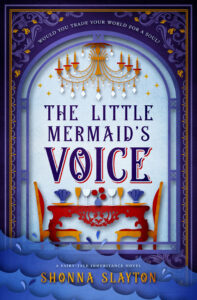This year for the Blogging from A to Z Challenge, I’m writing about the 1800s in celebration of Nellie Bly and Elizabeth Bisland’s race around the world in 1889, the subject of my new novel based on this adventure: Liz and Nellie.
***
Reform clothes are garments such as bloomers that women began to wear so they could exercise better, especially after the popularity of the bicycle increased. Serious wheelwomen didn’t like having to watch that their skirts didn’t get caught in the chain or the wheel, causing injury. So, women’s clothing began to evolve away from the large bustles and the tight corsets of the earlier 1800s. The movement was known as the Rational Dress Movement.
Nellie Bly was known for being a wheelwomen, but she did not pack any bloomers for her trip around the world.
Similarly, Elizabeth Bisland only packed the conventional long skirts of the day, but she made this observation on her trip:
The Chinese woman of the working class, I find, decided centuries ago the question still in its stormy infancy with us – of the divided skirt. She clothes herself in a pair of wide black trousers, a loose tunic, jade earrings and cork-soled shoes, and is ready for all the emergencies of life. –Elizabeth Bisland, In Seven Stages.
I think the phrase she used: “stormy infancy” is quite telling! Women’s clothing, especially bloomers, were a hot topic back in the day. Here is a Punch magazine comic about the issue from 1895:
And here is the result of a poll over which clothing women preferred in the Cycling West magazine in 1895: (see video, about the 2:30 mark)
1827 Short skirt (and by short skirt, meaning a few inches off the ground (!))
1116 Bloomers
940 Divided skirt
112 Long skirt
73 knickerbockers






Not sure I could have managed with those type of clothes.
Clothing used to be a lot more complicated!